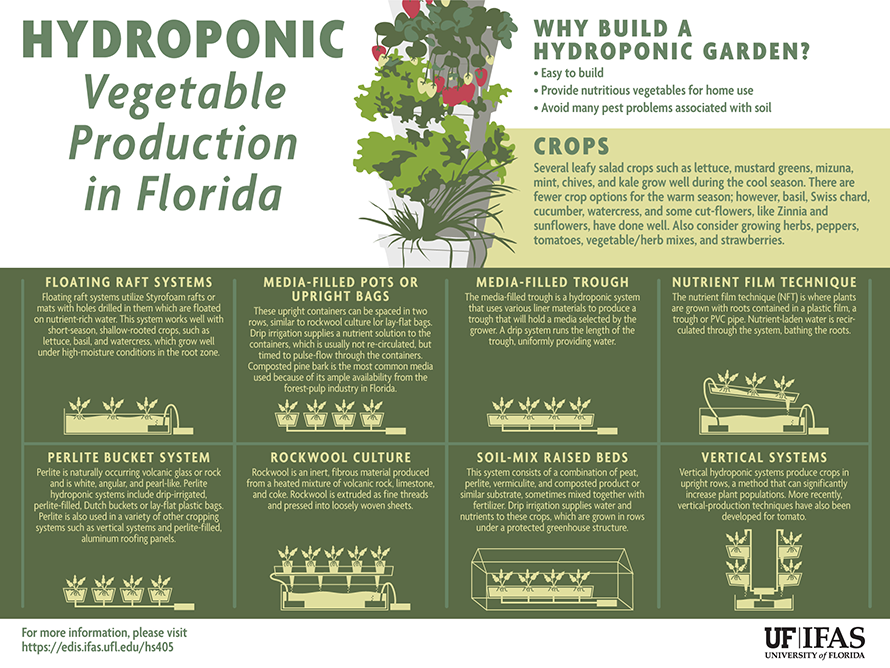The Ecological Benefits Of Stump Grinding: A Sustainable Technique For Land Management
The Ecological Benefits Of Stump Grinding: A Sustainable Technique For Land Management
Blog Article
Material Create By-
When it pertains to land management, have you thought about the long-lasting advantages of stump grinding? By addressing the residues left behind after tree elimination, this method not just aids in soil health enhancement yet additionally plays a critical function in avoiding erosion and sustaining biodiversity. The ecological advantages of stump grinding prolong much beyond plain visual appeals, using a lasting solution that balances with nature's complex systems.
Soil Health And Wellness Renovation
Seeking to enhance the quality of your soil? relevant web site grinding can be a game-changer for enhancing dirt health and wellness on your residential property. By getting rid of old tree stumps, you're developing area for new growth and enabling important nutrients to return to the dirt.
As the stumps break down gradually, they release organic matter, enhancing the dirt and promoting far better plant development.
Furthermore, stump grinding aids to aerate the dirt, permitting better water seepage and origin development. Compacted soil can impede plant development and water absorption, yet by grinding stumps, you're loosening the soil and creating a much healthier environment for your plants.
Moreover, stump grinding can additionally assist to avoid bug invasions and diseases that old stumps might draw in. By removing https://www.popsugar.com/home/Drought-Landscaping-Ideas-37681276 , you're producing a much safer and more effective landscape.
Erosion Prevention
To stop soil erosion successfully, stump grinding plays a vital function in maintaining the stability and stability of your land. By removing unsightly stumps from your building, you're also minimizing the danger of disintegration brought on by water overflow. Stump grinding gets rid of obstacles that can interrupt the natural circulation of water across your land, stopping soil erosion while doing so.
When stumps are left untouched, they can act as obstacles to water flow, creating soil to wash away during heavy rainfalls. This erosion not just harms your land but additionally adds to sedimentation in nearby water bodies, damaging water ecosystems.
Stump grinding helps to avoid these problems by leveling the ground and promoting correct drainage, decreasing the chance of erosion.
Biodiversity Support
Keeping healthy biodiversity on your land is essential for producing a thriving ecological community. By making use of stump grinding as a sustainable land management practice, you can considerably sustain biodiversity.
Stump grinding helps advertise biodiversity by developing new habitats for numerous plant and pet types. The removal of stumps allows for the regrowth of native vegetation, which consequently brings in a varied variety of wild animals. Bugs, birds, and tiny animals grow in these newly easily accessible locations, adding to the total biodiversity of your land.
In addition, stump grinding helps avoid the spread of illness and bugs that can hurt plant species, thus safeguarding the eco-friendly balance on your residential or commercial property. By getting rid of old stumps, you produce area for new plant development, which improves the general wellness of the ecosystem.
This much healthier atmosphere supports a wider selection of types, promoting biodiversity and developing a more durable environment in the long-term. Welcoming stump grinding as part of your land management method can have long-term positive effects on the biodiversity of your land.
Final thought
By using stump grinding as a lasting method to land management, you can boost soil wellness, stop disintegration, and support biodiversity. This eco-friendly approach not just benefits the ecosystem yet also advertises the development of greenery and produces habitats for numerous plant and animal varieties. Make a positive influence on the environment by incorporating stump grinding into your land management techniques.
